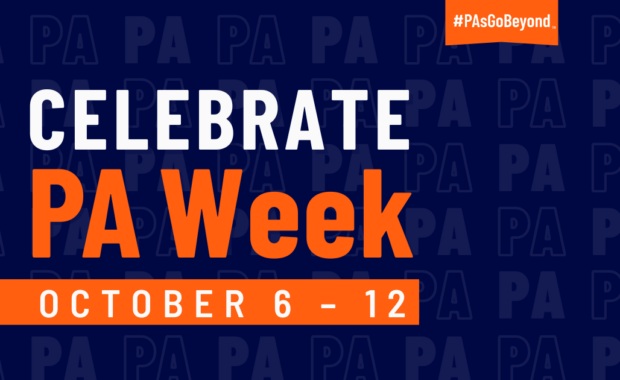WY PA Unable to Care for Patients after Physician Death
Outdated Laws Need to be Changed
December 12, 2017
Bob Cummings is a PA who practices in a rural health clinic in northern Wyoming serving a community of 2,200 residents over approximately 1,800 square miles. PA Cummings has practiced for 27 years and is the sole provider in the clinic.
Several years ago, Cummings’ supervising physician died unexpectedly in her sleep. Although Wyoming law states that PAs exercise autonomy in medical decision-making, the state requires a relationship with a designated supervising physician who must be available for consultation. As the sole physician in the practice at that time, Cummings’ ability to practice as a PA stopped with the physician’s death. As a result, both Cummings’ and the physician’s patients were unable to be seen in the clinic for eight days while the Wyoming Board of Medicine and the Wyoming PA Advisory Council worked to address this circumstance.
Although Cummings was competent and qualified to see his patients following the physician’s death, Wyoming rules state that PAs shall not practice in any capacity if, for any reason, the supervising physician is not available to properly supervise the PA. This rule prevented Cummings’ patients from obtaining medical care at his clinic, one of only three in the area. Cummings was unable to provide care to his patients until another physician could be hired and obtained state board approval to supervise PAs. The inability to provide care to his patients was understandably frustrating for PA Cummings.
“My patients felt the impact the most, as they were unable to see their regular provider and were forced to reschedule their appointments to weeks later or travel an hour away to see another provider while the clinic was closed,” Cummings said.
Interestingly, the supervising physician’s death did not have the same impact at a second clinic, where the provider was a nurse practitioner. Wyoming does not require nurse practitioners to have an agreement with a physician in order to practice.
This situation shines a glaring light on the problems patients encounter due to unnecessary and outdated state laws and rules that directly impact patient access to care. Cummings should have been able to continue to see patients and simply consulted with an available physician as needed.
As more and more physicians are employees rather than practice owners, the incentives for physicians to supervise PAs have diminished. Physicians also increasingly don’t want to assume PA supervision liability.
When PAs, physicians, and other medical professionals can work together to provide quality care without burdensome administrative constraints, they can achieve Optimal Team Practice. One way to achieve this is to remove the requirement for PAs to have an agreement with a specific physician. This will strengthen healthcare teams, expand access to care, reduce healthcare costs, and enable those like PA Cummings to continue providing high-quality care to his patients, regardless of whether he has a formal agreement with a specific physician.
Find out how PAs can contribute to Optimal Team Practice.
Thank you for reading AAPA’s News Central
You have 2 articles left this month. Create a free account to read more stories, or become a member for more access to exclusive benefits! Already have an account? Log in.



